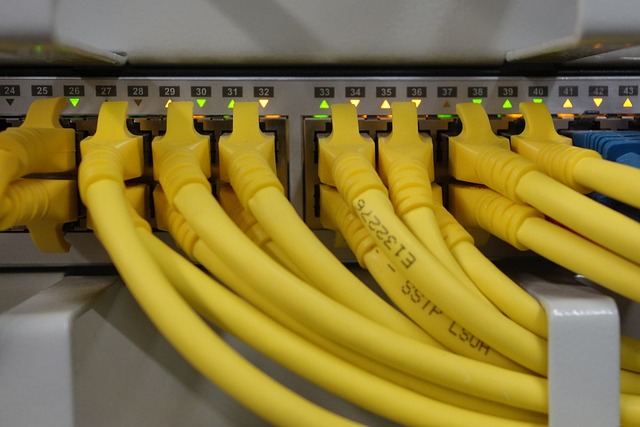Deploying machine learning models in production is a critical step in the lifecycle of any AI-driven project. While building and training models is essential, the real value lies in making them accessible to end-users through seamless integration into applications and systems. However, the journey from a trained model to a production-ready solution involves several challenges, including scalability, monitoring, and maintaining performance. In this blog post, we’ll explore the key steps and best practices for deploying machine learning models effectively, ensuring they deliver consistent and reliable results in real-world scenarios.
Key Steps to Deploy Machine Learning Models
Deploying machine learning models in production is a critical step in the lifecycle of any AI-driven project. While building and training models is essential, the real value lies in making them accessible to end-users through seamless integration into applications and systems. However, the journey from a trained model to a production-ready solution involves several challenges, including scalability, monitoring, and maintaining performance.
1. Preparing the Model for Deployment
Before deploying a machine learning model, it’s crucial to ensure that it’s ready for production. This involves several steps, such as serializing the model using formats like Pickle, ONNX, or TensorFlow SavedModel. Serialization allows the model to be saved and loaded efficiently across different environments. Additionally, you should optimize the model for performance by reducing its size or complexity, especially if it will be deployed on resource-constrained devices.
Another important aspect is versioning. Just like software, machine learning models need to be versioned to track changes and improvements over time. This helps in debugging and rolling back to previous versions if something goes wrong. Finally, ensure that the model is thoroughly tested on unseen data to validate its performance and robustness.
2. Choosing the Right Deployment Environment
Selecting the appropriate deployment environment is a critical decision that depends on the specific requirements of your application. For instance, if your model needs to process real-time data, you might consider deploying it on cloud platforms like AWS SageMaker, Google AI Platform, or Microsoft Azure ML. These platforms offer scalable infrastructure and tools for managing machine learning workflows.
On the other hand, if your application requires low-latency predictions, edge deployment might be a better option. This involves running the model on local devices, such as smartphones or IoT devices, to reduce dependency on cloud services. Regardless of the environment, ensure that it supports the necessary libraries and frameworks required by your model.
3. Building a Robust API for Model Serving
Once the model is ready and the deployment environment is chosen, the next step is to expose the model as an API. This allows other applications to interact with the model and request predictions. Frameworks like Flask, FastAPI, or Django in Python are commonly used to build RESTful APIs for machine learning models.
When designing the API, consider factors such as input validation, error handling, and response formatting. For example, if the model expects a specific type of input data, the API should validate the incoming requests to ensure they meet the requirements. Additionally, implement proper error handling to provide meaningful feedback in case of failures. Finally, ensure that the API is secure by implementing authentication and authorization mechanisms.
4. Monitoring and Maintaining the Model
Deploying a model is not the end of the journey; it’s just the beginning. Once the model is in production, it’s essential to monitor its performance and behavior over time. This includes tracking metrics like prediction accuracy, latency, and resource usage. Tools like Prometheus, Grafana, or custom logging solutions can help in collecting and visualizing these metrics.
Another critical aspect is model drift detection. Over time, the data distribution in the real world may change, causing the model’s performance to degrade. Regularly retraining the model with updated data can help mitigate this issue. Additionally, establish a feedback loop to collect user feedback and improve the model iteratively.
5. Ensuring Scalability and Reliability
Scalability and reliability are key considerations when deploying machine learning models in production. As the number of users or requests increases, the system should be able to handle the load without compromising performance. This can be achieved by using load balancers, auto-scaling groups, or distributed computing frameworks like Kubernetes.
Reliability, on the other hand, involves ensuring that the system is fault-tolerant and can recover from failures gracefully. Implement redundancy by deploying multiple instances of the model and using failover mechanisms. Additionally, conduct regular stress testing to identify potential bottlenecks and address them proactively.
Conclusion
Deploying machine learning models in production is a complex but rewarding process. By following the steps outlined above, you can ensure that your models are not only accurate but also scalable, reliable, and maintainable. Remember that deployment is an ongoing process that requires continuous monitoring and improvement. With the right strategies and tools, you can unlock the full potential of your machine learning models and deliver value to your users.






